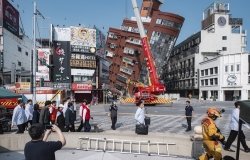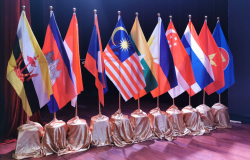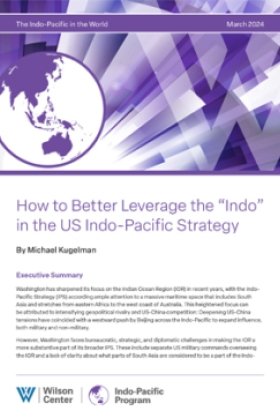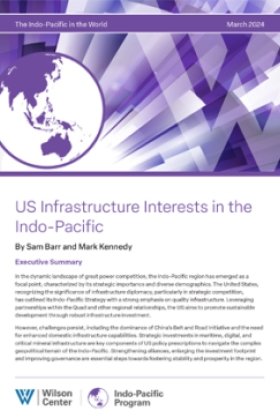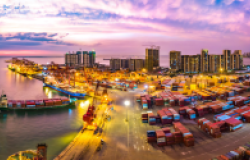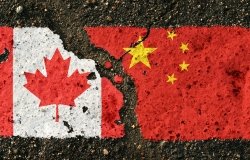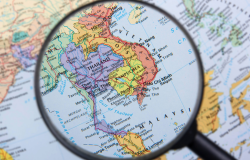More Than a Concrete Jungle: Urbanization in Japan
Carola Hein, Bryn Mawr College; Ronald K. Vogel, University of Louisville; Merry White, Boston University; Ted Gilman, Harvard University
Overview
Japan is one of the most densely urbanized nations in the world. Of its 47 prefectures, only 7 have a population of under 1 million. The speakers at this January 24, 2007, event discussed the historical evolution of urban design in Japan; the issues of urban growth and the dominance of Tokyo; the rise, proliferation and popularity of coffee shops in Japan's cities; and a case study of a rust-belt town where attempts at job creation failed.
Carola Hein of Bryn Mawr College noted that historically, in the 19th and early 20th centuries, visiting Europeans praised traditional Japanese urban forms and designs, but were critical of the way Japan was "modernizing" its cities. The Japanese sent study groups to European cities, and were particularly taken by Paris, but early attempts to redesign cities in the European manner failed. After the 1923 Tokyo earthquake, building facades in Tokyo reflected Western influences, but in the end, Western design ideas were rejected. Japan's cities, especially Tokyo, evolved through land readjustment, little by little, and the process was adaptive. There were no grand boulevards or monuments. Yet today, Japan is a world leader in architectural design. The average life of a building is 15 years, so there is great turnover, and ample opportunity for new designs. There is very little urban space—75 percent of streets in Tokyo are less than 12 feet wide—so Japanese cities are extremely dense.
Ronald K. Vogel of the University of Louisville stated that greater Tokyo is composed of 23 special wards, which contain 8 million of Tokyo's overall population of 12 million. The bulk of the rest of the population is in the western district of Tama, which in itself has a number of individual cities. Overall, four prefectures comprise greater Tokyo. The Tokyo Metropolitan Government, or TMG, tries to govern this wide area. While attempting to decentralize in certain areas, global city Tokyo nonetheless argues that it should be the primary area for investment, the rationale being that as Tokyo goes, so goes the nation. This, of course, creates problems for other cities in Japan, most notably Osaka and the Kanto region.
Merry White of Boston University discussed the growth and popularity of coffee houses in Japan's urban areas, pointing out that more coffee is consumed in the country than tea or beer. Japan is also the world's third largest importer of coffee. One reason coffee houses are popular is because they represent a "third space," in addition to the home and office space, where individuals can either be alone with their thoughts, or choose to socialize as they wish. White commented that historically, coffee houses, since they were derived from Europe, were places for Japanese to gather and be modern, i.e. Western, and also learn how to be urbane.
Theodore J. Gilman of Harvard University presented a case study of a city illustrating that, despite Japan's having the second largest economy in the world, some cities simply fail. The city in question is Omuta, located in Kyushu, Japan's westernmost island. Omuta had been a company town, and its main product was coal. After Japan switched its energy policy from coal to oil, Omuta started to decline. In 1960, there were 29,000 coal-based jobs, but by 1991, there were only 4,500. Population also dropped from 209,000 to 150,000. Town planners decided to change the industrial base from coal to tourism. They planned a theme part to attract tourists. The theme park opened in 1995, but closed in 1998. There were just too many theme parks in Kyushu, and the Omuta park failed. Industrial parks were also built. They too were not very successful. By 2006, Omuta's population was down to 132,000.
Drafted by Mark Mohr, Asia Program Associate
Robert M. Hathaway, Director, Asia Program. Ph: (202) 691-4020
Hosted By

Indo-Pacific Program
The Indo-Pacific Program promotes policy debate and intellectual discussions on US interests in the Asia-Pacific as well as political, economic, security, and social issues relating to the world’s most populous and economically dynamic region. Read more

Urban Sustainability Laboratory
Since 1991, the Urban Sustainability Laboratory has advanced solutions to urban challenges—such as poverty, exclusion, insecurity, and environmental degradation—by promoting evidence-based research to support sustainable, equitable and peaceful cities. Read more
Thank you for your interest in this event. Please send any feedback or questions to our Events staff.
